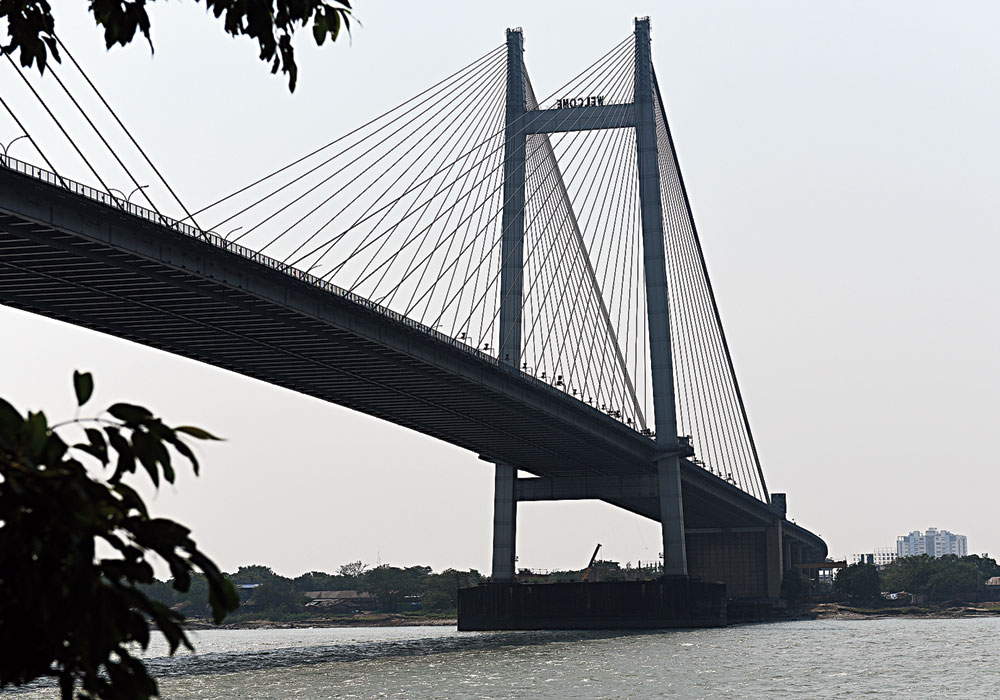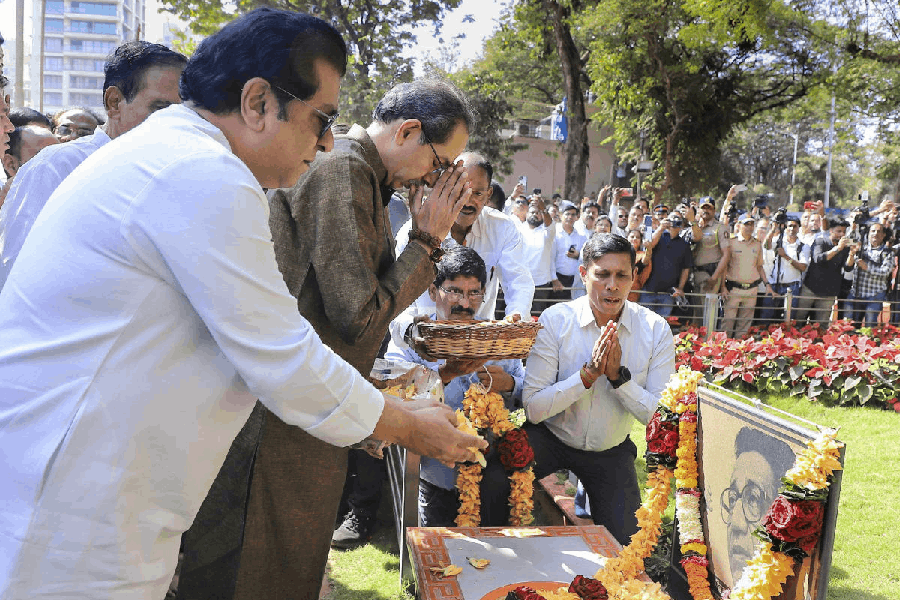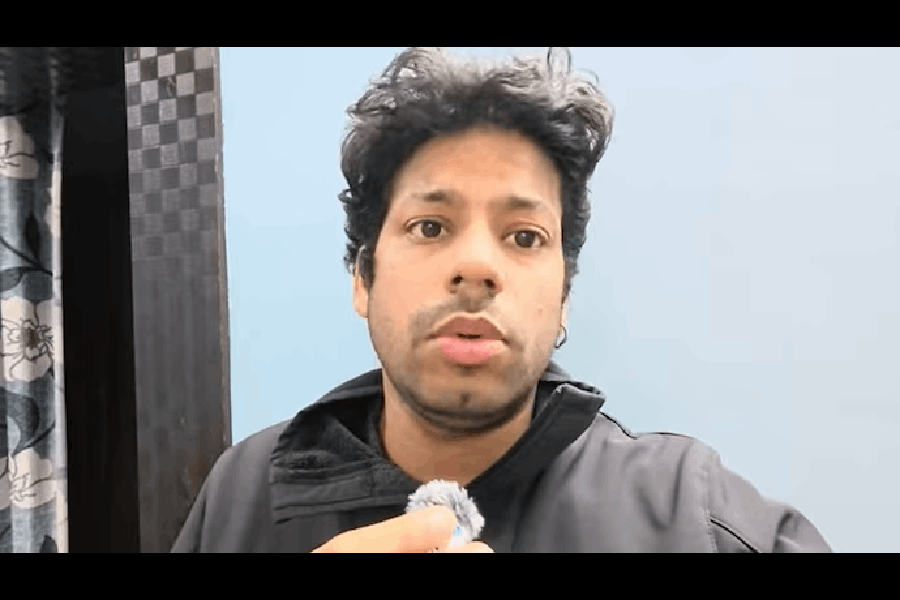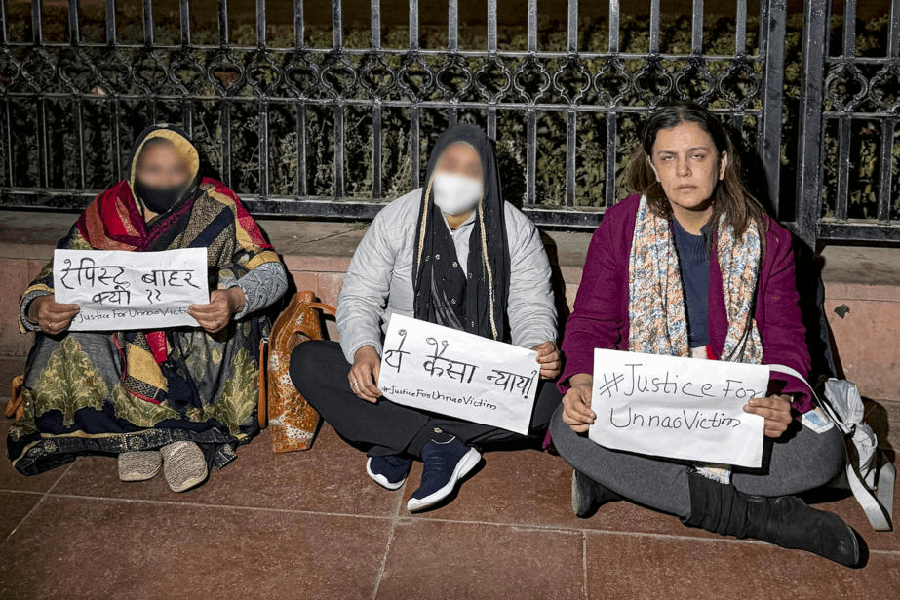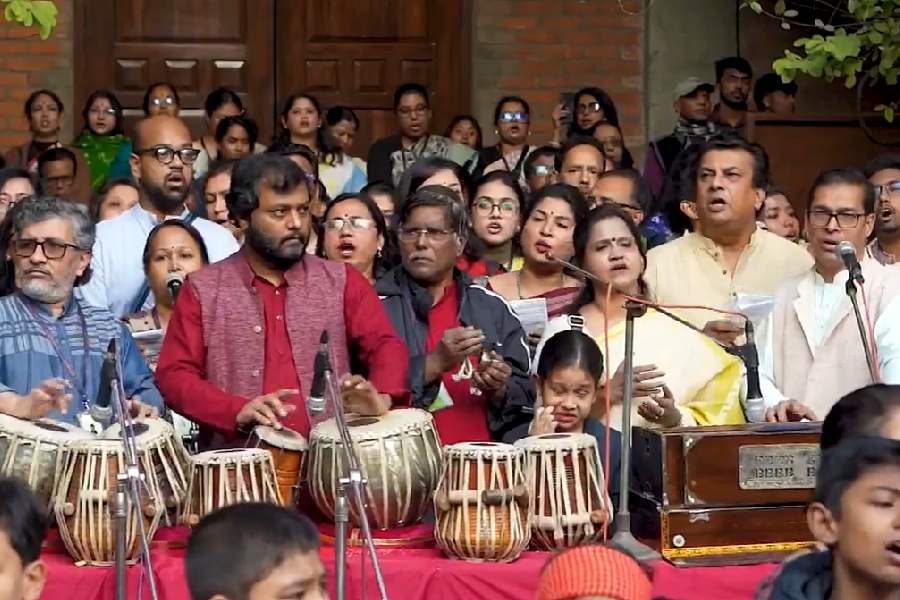Steel cables that hold Vidyasagar Setu and the bearings of the bridge have corroded over the years and will be replaced at a cost of about Rs 200 crore, engineers said on Tuesday.
Officials of consulting agency RITES, which has been engaged by the state government for the replacement work, said traffic movement would not be much affected.
“Replacement of the cables and the bearings will start within six months and be completed in three years,” said Pankaj Kumar Singh, general manager of RITES.
“The replacement will cost about Rs 200 crore.”
The cable-stayed bridge, one of the four links between Calcutta and Howrah across the Hooghly river, was unveiled in 1992.
This is the first time the cables of Vidyasagar Setu are being replaced.
The corroded cables include 12 stay cables, which run from the tower to the surface of the bridge and are visible to commuters. “These huge cables provide a lifting thrust to the deck and prevent it from falling,” an engineer of the consulting agency said.
Also to be replaced are 16 holding down cables that are attached to the underbelly of the bridge. These cables go inside the foundation of the structure and pull the deck from below.
The lifting thrust of the stay cables and force exerted by the holding down cables from below together keep the deck of the bridge in place.
Bearings — 30 of them will be replaced — help transfer the load on the bridge to its pillars. They also act as a cushion and absorb the load of the traffic on the deck.
“Twelve stay cables and 16 holding down cables will be replaced. More than 25 years have passed since the inauguration of the bridge and the steel has corroded a lot,” RITES general manager Singh said at a conference organised by the Confederation of Indian Industry on Tuesday.
Sources at RITES, a subsidiary of the railways, said the cables had also developed cracks. One cable was damaged after a vehicle had rammed into it a few years ago.
Engineers blamed the corrosion on water seepage into the wires during rain.
“Rainwater seeps in because of cracks on the sheath of the steel cables, causing corrosion. Calcutta’s high humidity only hastens corrosion,” an engineer said.
Vidyasagar Setu’s central span, which stands over the Hooghly, is supported by 152 stay cables and 16 holding down cables. The longest stay cable stretches 246m and each such cable is 8 to 10inch thick.
An engineer involved in the tendering process for Vidyasagar Setu in the 1970s said the replacements were long overdue.
“Engineers from Schlaich, the German firm that was appointed consultant during the construction, were aghast at the condition of the bridge when they inspected it about a decade ago,” said Amitabha Ghosal, who works as a consultant now.

The stay cables on Vidyasagar Setu. The bridge is supported by 152 stay cables, of which 12 will be replaced Picture by Pradip Sanyal
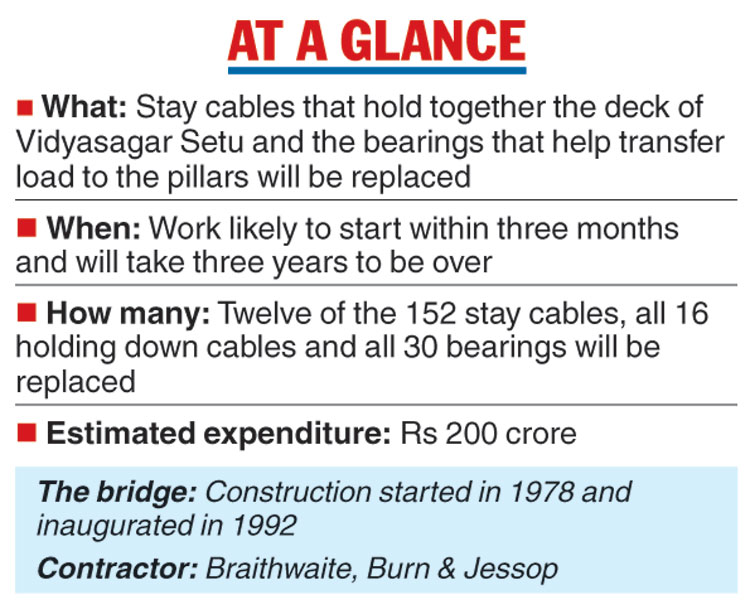
The Telegraph
According to engineers, corrosion is a natural phenomenon that cannot be averted completely.
Advanced technology only helps extend the life of a steel structure.
The cables, which are encased in a sheath, have several steel wires running inside them. The wires are invisible from outside.
Singh said the recommendations of Schlaich would be followed while replacing the corroded cables.
It was not clear whether Schlaich had made the recommendations after its representatives inspected the bridge a decade back.
The construction of Vidyasagar Setu began in 1978 and the bridge was thrown open on October 10, 1992. A consortium comprising Braithwaite, Burn and Jessop built the structure.
Metro had earlier reported that the authorities were replacing the expansion joints between two spans of the bridge.
Asked whether traffic would be disrupted when the cables and the bearings would be replaced, Singh said: “Work will be done at night to minimise traffic disruption. Traffic diversions will be in place at night.”
RITES will also study the health of the other cables to find out whether more need to be replaced.

